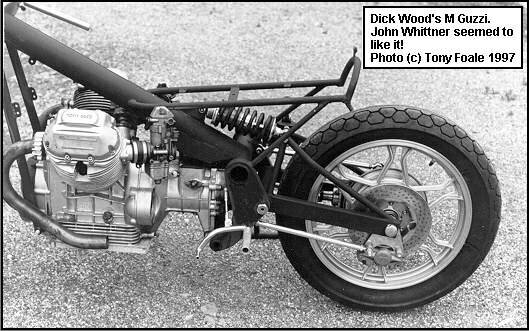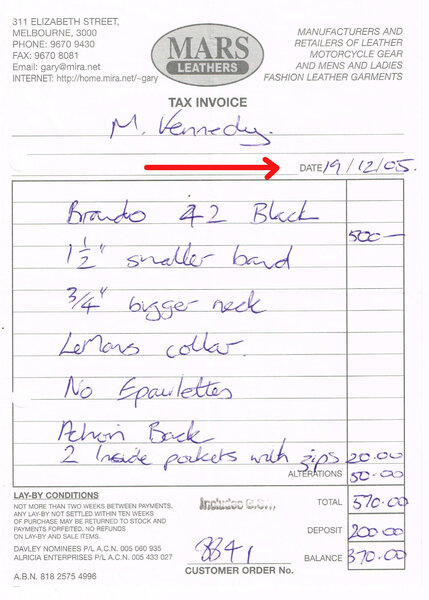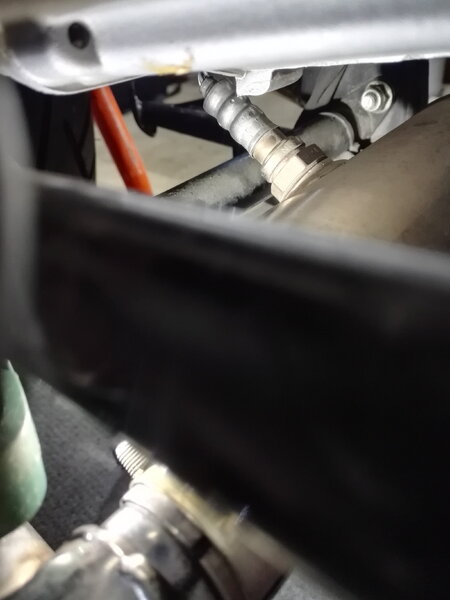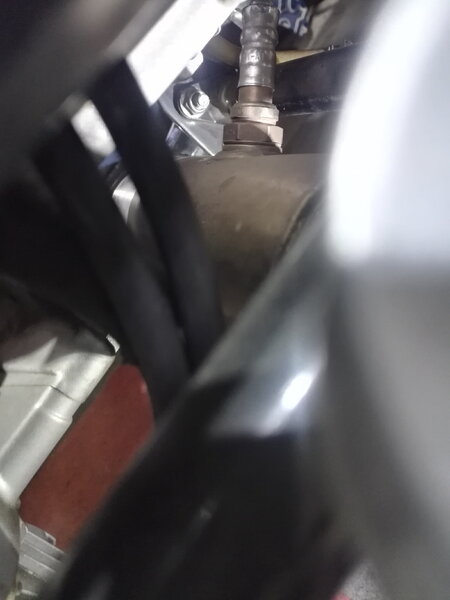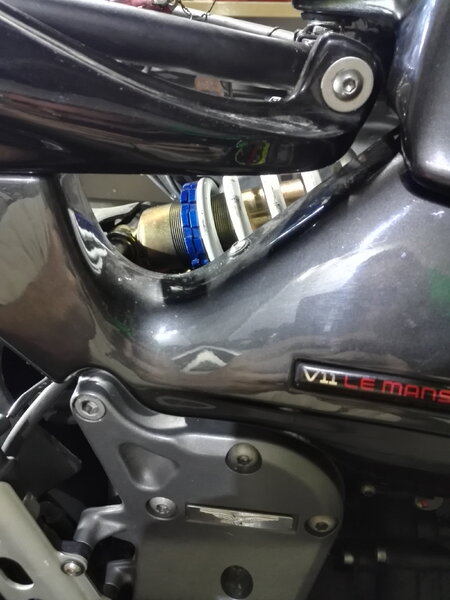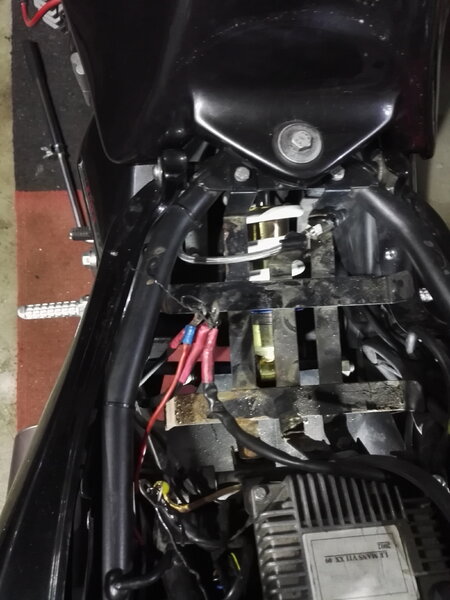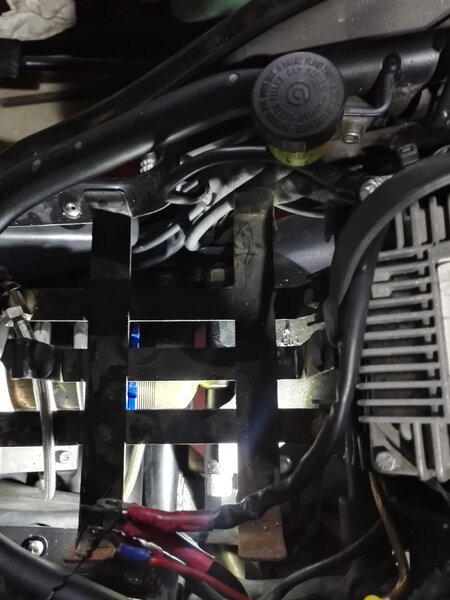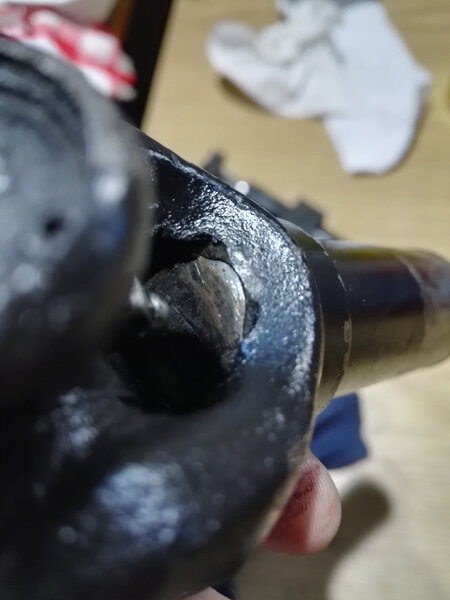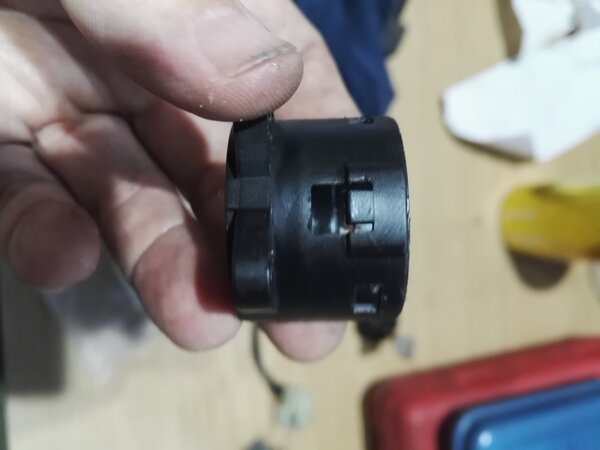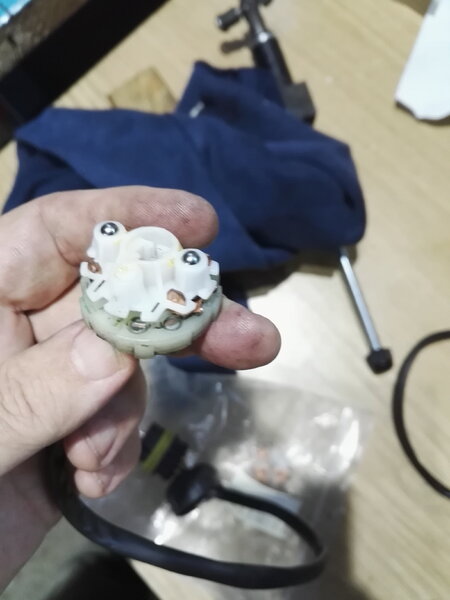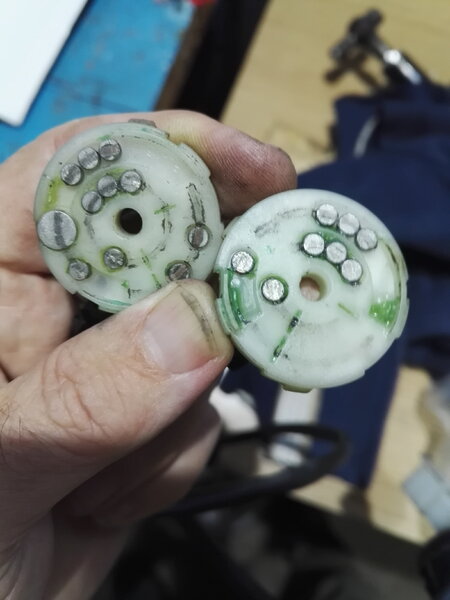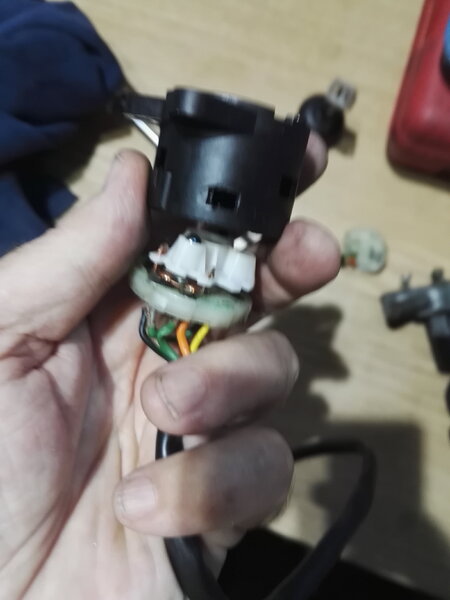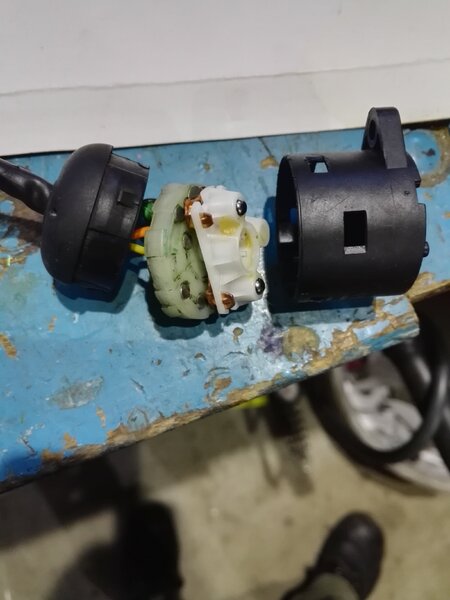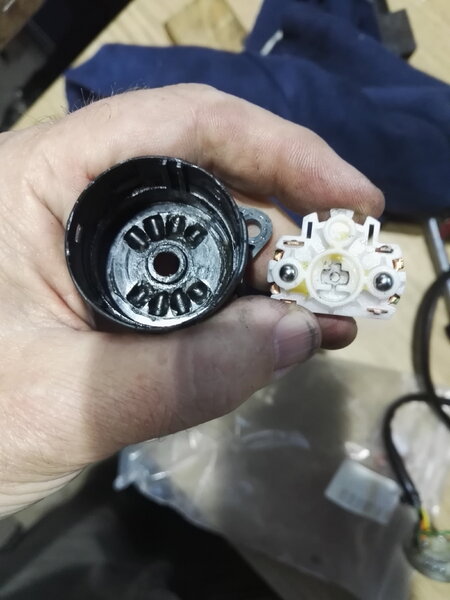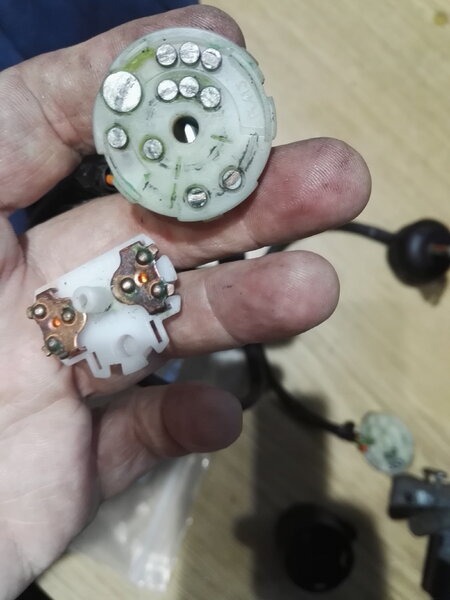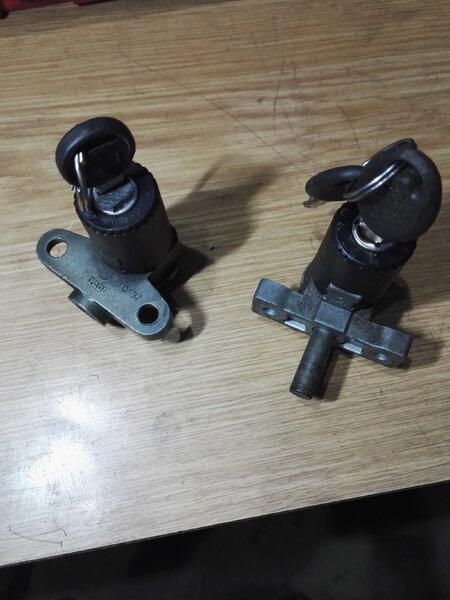
audiomick
Members-
Posts
1,499 -
Joined
-
Last visited
-
Days Won
28
Content Type
Profiles
Forums
Events
Gallery
Community Map
Everything posted by audiomick
-
If I were to do that, I would use Guzzidiag. It has a function to activate the injectors manually. This allows one to see if they are working, how much they are injecting (catch it in a glass and measure the volume), and what the spray pattern looks like (put a piece of paper in front of the injector whilst it is being activated). During the process, as the ignition is on all the while, it should also be possible to see if they are leaking, I reckon.
-
Apparently about €15,000 in Germany for the spiffier model https://www.kawasaki.de/de/products/Modern_Classic/2024/Z900RS_SE/overview?Uid=0886X1BbWV9bUQlcWA5YXFtZDQpdWlxYDlsKDAkJXA5cDl4 And then there is this for a couple of bucks more... https://www.kawasaki.de/de/products/Supersport/2024/Ninja_H2R/overview?Uid=0917WwpeDFwJDVFeWVAMXFgLXApRDFxcClhZXwxdWA0LCwo
-
The link didn't work for me just now. The message said "connection to the server facebook.com failed". Maybe facebook was having kittens, or maybe my interwbe connection, or maybe the page has been taken down.
-
Tom is on the right track with his questions, I think. The output shaft of the gearbox will have a bit of play relative to the input shaft of the gearbox, as will the final drive from the input shaft to the wheel drive. That is normal. The drive shaft should sit tight on the bolted up splines, both the one out of the gearbox and the one into the final drive. The uni-joints have no play at all in them when they are good. You need to have a specific look at all the steps along the way. PS: at 6,000 miles I would be checking if it is all apart anyway, but not expecting any trouble. Assuming the bike hasn't been mistreated. Anuvverps: there is also the sliding spline in the middle of the shaft that compensates for the difference in length as the suspension goes up and down. That will have a very small amount of play. If it didn't, it wouldn't slide.
-
I experienced an eclipse, I think it was a total, in Australia when I was about 15, and one in Germany in around 1998 or '99. Weird, interesting, exciting, lots of words for it. I'm very glad I had the experience.
-
That's how it is on mine, as far as I remember. Throttle cable to the left throttle body, and high idle on the right. On the Breva 750 i.e. too.
-
I have only read about this, but it sounds easy. Guzzidiag has a function to activate various things to see if they work. One of them, as far as I understand it, is the injectors. The function is on the page accessible from this menu next to the green mark I made on the screenshot. I can't get further than that without it being connected to a bike, but I think that should show where to find it. EDIT: "Ansicht" is likely to be "view" in the english version, and "Aktoren" may be "actors" or something similar to that. The positon in the menu is almost certainly the same. As far as I have read, it is as easy as screwing out the injector, connecting Guzzidiag, and activating the function. It shows you if the injectors work at all, and, assuming they do, allows you to see what the spray pattern looks like and/or see how much fuel they are letting through.
-
-
2004 Moto Guzzi V11 Coppa Italia on BaT (no reserve)
audiomick replied to fastaussie's topic in Commercial Ads
From the ad does that cost extra? -
I made that mistake myself, but was uncertain enough to ask about it here Looking at the photos of that bike, and being polite enough to assume the bloke is not hopelessy stupid, I reckon his custom seat frame might have left him no other choice.
-
The Wizard is being summoned
audiomick replied to Randy's topic in Special place for banter and conversation
Very pertinent. -
The Wizard is being summoned
audiomick replied to Randy's topic in Special place for banter and conversation
-
No, I have to admit I don't and haven't. I've only read about it. The thing is, some very smart people invested considerable effort teaching me during my time at the university about how to evaluate sources. The things I have read on the topic have been, at least to a good part, from reliable sources, and plausible. I'm convinced it is not a "phantom of the internet", but rather something that really has a basis in fact. Nevertheless, solid first-hand information would be very welcome.
-
Regarding the paint on the motor: mine has got that. The owner before me touched it up here and there with something. The touch-ups are visible if you look, but fairly good. I've decided that the best strategy for the meantime is just to not wash the engine. I'd be more concerned about the single-plate clutch. Some of them were, apparently, grenades waiting to go off. Maybe someone here has solid information about whether that is really the case, and which ones were involved.
-
The bike looks good, but someone should explain to the bloke who wrote the ad what the word "punctuation" means, and why the same is a good idea.
-
Under the seat, I reckon. If you look closely at the fourth picture, three-quarter view from the right rear, you can see a plug hanging out from under the seat / tailpiece in front of the rear shock spring. That looks a lot like the plug for a C-Tek battery charger, and the cable comes out of the tail-piece.
-
That was most likely done by, or for, someone who thinks that "streetfighter" is a good look. Personally, I have never seen anything going by that description that looked even close to good. Mostly just ugly, and silly into the bargain.
-
Get your checkbooks ready...
audiomick replied to activpop's topic in Special place for banter and conversation
To get back on the topic of Kawasaki triples (that was the topic here, wasn't it?), have I posted this here yet? I gather it is one of these: https://en.wikipedia.org/wiki/Kawasaki_H1R Watch how many he passes, and how often he gets passed. So, and now back to the irrelevant stuff about old cars... -
Get your checkbooks ready...
audiomick replied to activpop's topic in Special place for banter and conversation
My mother always told me to trust my feelings. -
Get your checkbooks ready...
audiomick replied to activpop's topic in Special place for banter and conversation
Not original, but doesn't have to be a bad thing if they work well. There was a bloke in the area of Melbourne that I lived in with the 400 version of those Kawasaki 2-Stroke triples. Done up like a racer, and with expansion chambers on it. I saw him regularly on the street. It sounded great. And went like shit off a shovel. Or he was slightly unhinged. Or both. Whatever, I would have loved to build one myself. I had a 250, complete but dead, and a 400 as a basket case, but I left Australia before I got around to doing anything with them. It'll probably never happen now, but building up one of them would be fun. Edit: one mate of mine had a 350 which I'm sure I rode, and another had a 750 which I definitely rode a few times. I love them.





